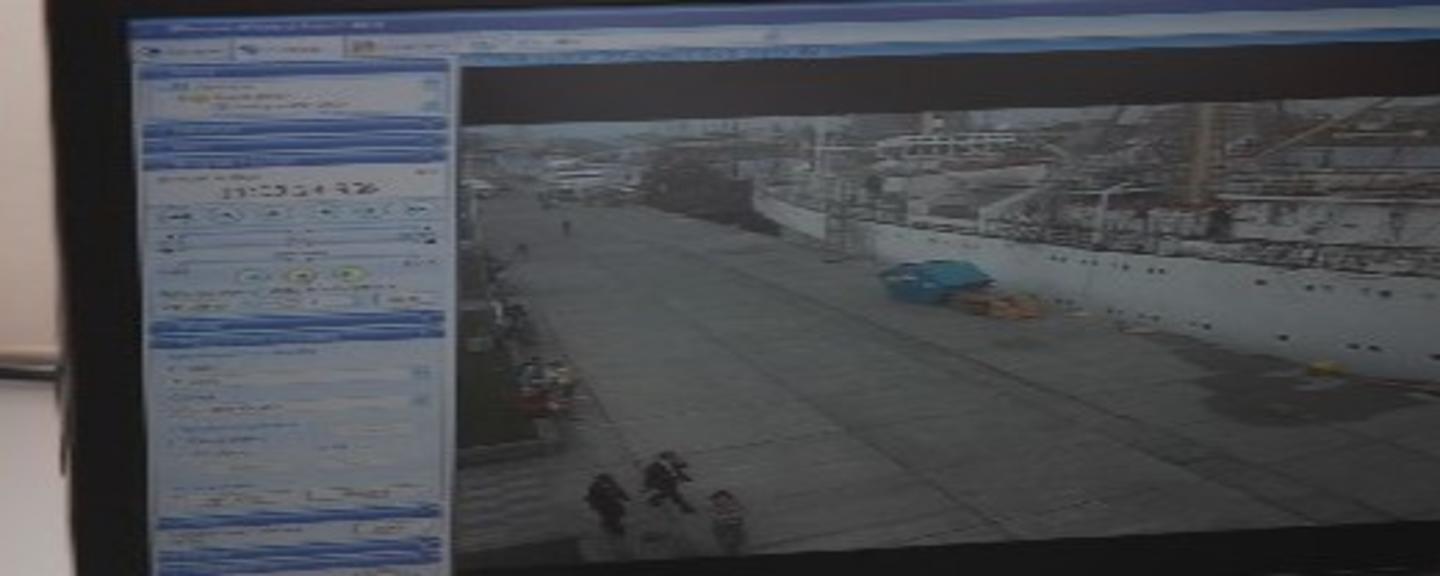Situated in the Bay of Gdansk, the Port of Gdynia is one of the major ports of the Baltic Sea. With about 15 million tonnes of cargo and 365,000 passengers passing through every year, it is also an important part of the Schengen Area's external border.
As a transport hub receiving goods and passengers from the all over the world, the Port of Gdynia could potentially be a point of illegal entry of e.g. drugs, people or arms into the Schengen Area. Thus, a comprehensive system of surveillance of the port area has increasingly become important, not at least since the capacity of the port is scheduled to be increased significantly in the years to come.
A project co-financed by a €466,604 contribution from the Norway Grants sets forth to address this need. The project is well under way; as of October 2008, 57 surveillance cameras have been installed in the port area. Being connected by a computer system, these cameras enable the security staff to monitor a total of 240 hectar.
The security system has already shown its worth by providing information useful for preemption and investigation of e.g. thefts, accidents and fires. As a beneficial side effect, the cameras have also proved to be a useful tool for monitoring oil leakages, thus contributing to improve the local maritime environment.
The system is the most comprehensive and advanced of its kind in Poland, and is soon to be expanded with another 30 cameras. Vastly improving the effectiveness of the port's security staff, customs officials and border guards, it is in the years to come likely to play a significant role in the Polish efforts to protect the Schengen Area's external border.
